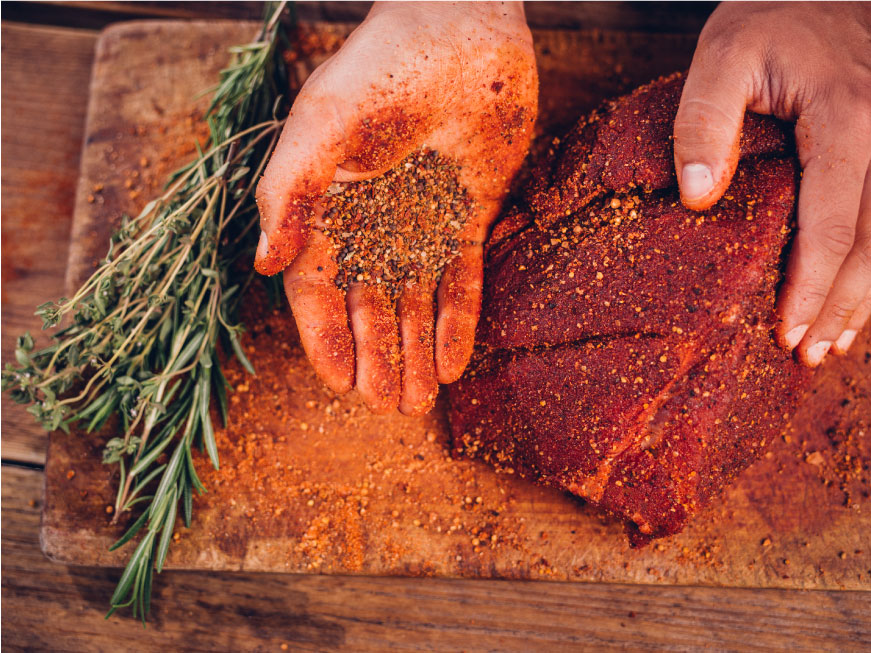
Better-For-You BBQ Ideas
It’s that time of year again! I don’t know about you, but I can already smell the fire-roasted grill and smokers cooking up some of that good ole Texas BBQ. Barbecue can typically be on the more indulgent side of the spectrum of foods and there are always ways to up the nutrition content no matter the event. Here are a few tips on how to host a fantastic barbeque gathering while providing better-for-you options for yourself and your guests.
- Whole Grains
An easy way to provide a variety of options is to resort to whole grains when purchasing bread products. Whole grains provide additional fiber and more vitamins and minerals as compared to other non-whole grain options on the shelf. Fiber helps keep you full and satisfied longer, meaning fewer trips to grill and possibly more leftovers. You could also swap bread for a lettuce wrap or open-faced burger, which in our book we love seeing more veggies hit your plate.
Here are a few products on our shelf that we love:
- Nature’s Own 100% Whole Grain Buns
- Oroweat Bun 100% Whole Wheat Sliced
2.Incorporate Vegetables
Another tip could be to make a grilled vegetable plate in addition to or instead of offering french fries and potato chips. Place a variety of dipping sauces like greek yogurt tzatziki sauce or baba ganoush or even hummus near them and let your guests experiment to find which one they like best. Jazz it up by grilling a rainbow assortment of vegetables and laying them out nicely. You could also create a fruit platter with the vegetables on the side.
Products we love:
Any fresh fruits and vegetables in the produce section, that’s why there isn’t a Dietitian Top Pick Tag since we love it all. Try something from every color family. Ever heard of ROY G BIV?
- Red-red bell peppers, tomatoes, strawberries, cherries
- Orange-carrots, orange bell peppers, pumpkin, butternut squash
- Yellow- summer squash, corn, yellow bell peppers, pineapple
- Green- broccoli, cucumber, zucchini, kiwi
- Blue-blueberries, blackberries
- Indigo-plums, figs
- Violet- eggplant, purple cabbage
- Dry Rubs & Moist Rubs
Nobody likes bland food. If you have barbequed before, you may have tried numerous concoctions of store-bought or homemade recipes to make your ribs, chops, or steak. The only downside is that often adding flavor may mean adding extra salt or unwanted preservatives to our meat. Instead of marinating meat, try using a dry rub or wet rub. A dry rub helps add intense flavor and wet rubs do the same with liquid. If you buy a rub or make your own, check the amount of sodium, salt, and added ingredients.
Here are a few products on our shelf that we love:
- Stubb’s Bbq Seasoning Rub
- John Henry’s Pecan Rub
- Portion Size
It can be easy to go eat with our eyes instead of our true hunger cues. A good rule of thumb is to remember that one serving size of meat is 3 ounces and up to 6 ounces. We all have different nutrient and macro needs so tune in with how you are feeling and what your body needs. Start small, and go back for those delicious seconds. You could also offer different plate sizes. For reference, an average dinner plate is 12-13 inches in diameter. A smaller size like an 8-9 diameter plate may be a better option for someone trying to watch their intake or make more conscious decisions.
